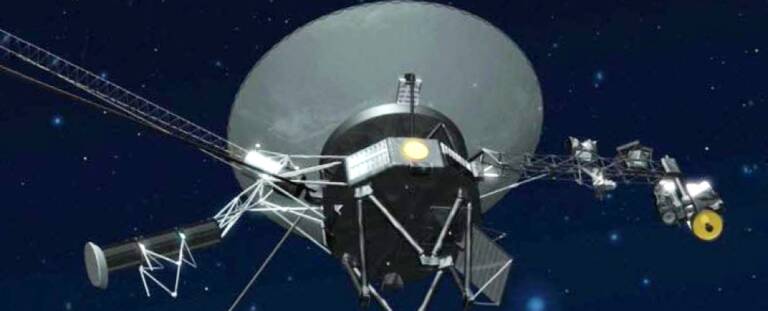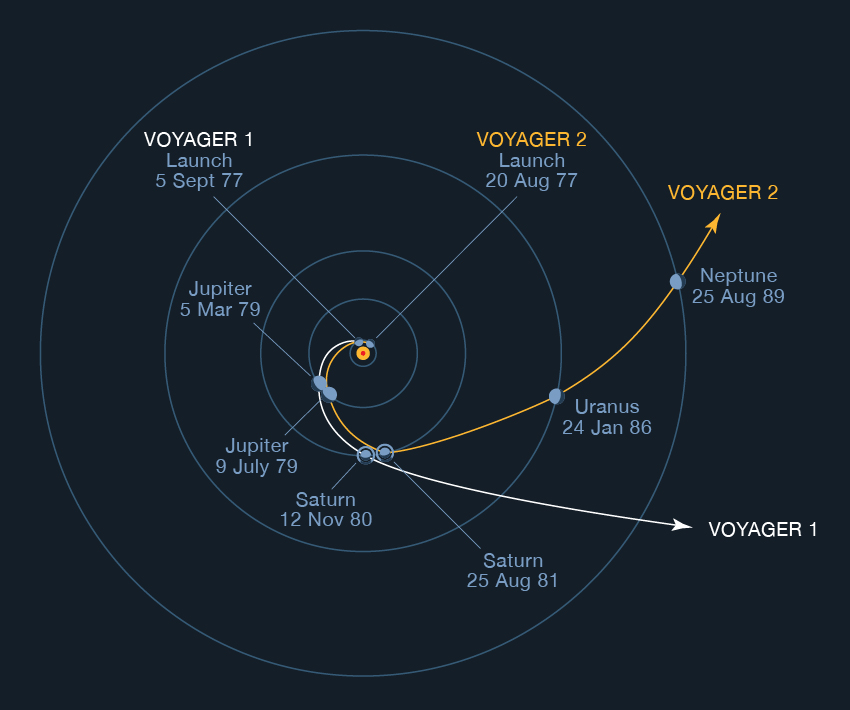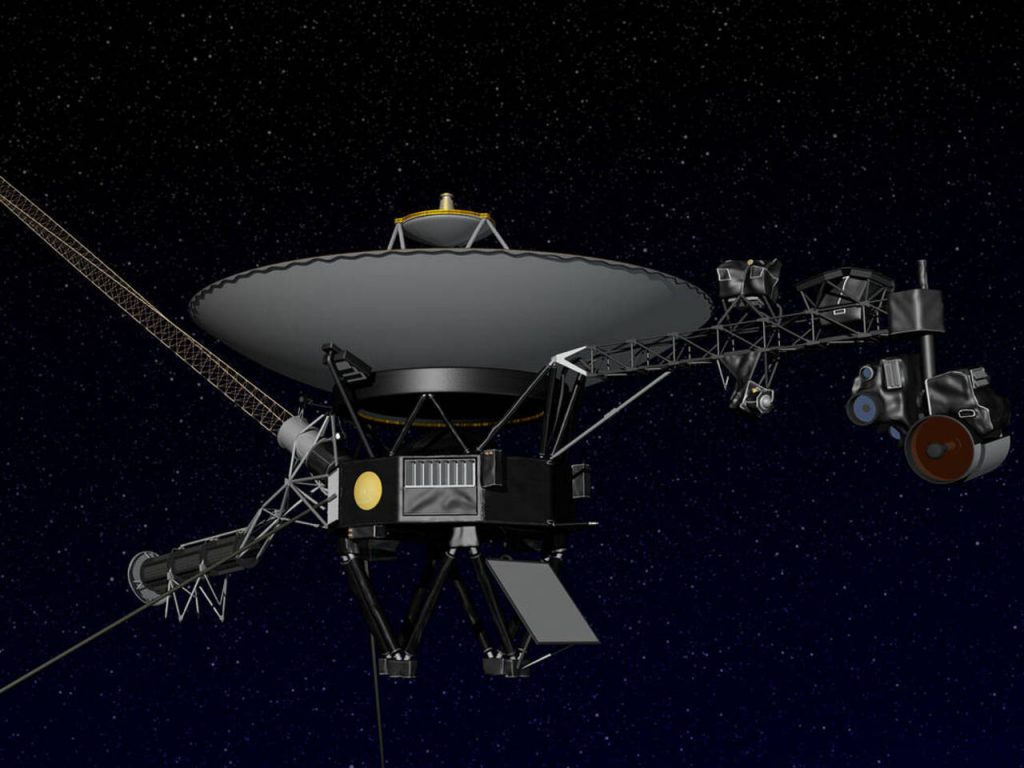Voyager 2: NASA loses contact with the space probe 20 billion km in space

On July 21, the controllers lost contact with Voyager 2, deep in space. Now they're waiting for a reset to catch Voyager 2's next message when it "phones home." If it weren't restored, it would be NASA's worst nightmare.
The probe actually works very well, the main components are active and it always regularly sends its messages into space. If the messages do not arrive, it is due to human error.
The data stream is heading into empty space instead of connecting to the Deep Space network created to collect it. That's because a series of commands planned to Voyager 2 inadvertently caused the spacecraft to point its antenna 2 degrees from Earth, where they can't be picked up.
So Terra and Voyager 2 communicate, but send signals to the wrong place.
Reconnect with Voyager 2
Fortunately, there is still some hope of contacting the spacecraft: The spacecraft is programmed to reset its orientation several times a year in order to keep its antenna pointed at Earth. The next reset, however, will not take place in a few months: October 15th. Until then, Voyager 2 is accelerating along its planned trajectory.
Hopefully, the control team should hear from the spacecraft again on 15 October. At this point, they are characterizing this loss of signal as a temporary communication hiatus. There is nothing to indicate any other problems with Voyager 2 other than incorrect commands.
The spacecraft is equipped with an antenna measuring 3.7 meters in diameter. It communicates with the Deep Space Network via the S-band channel (13 cm wavelength) and in the X-band (3.6 cm wavelength). At its current range, the spacecraft's signals take about 17.5 hours to return to Earth. That time increases as the spacecraft moves away.
A glorious story
Currently, Voyager 2 and its twin Voyager 1 are exploring space beyond the solar system. They were launched in 1977 and have made huge discoveries about planets and the extreme limits of the heliosphere in recent decades. Their images and data have opened up an entirely new way of observing the outer solar system.
They are now in the interstellar Voyager mission phase, where their data helps characterize the "limits" of the solar system and where deep space begins. Voyager 2 probably entered interstellar space a few years ago, although it still reports conditions related to the edges of the solar system.
Interestingly, while Voyager 2 is out of communication with Earth, Voyager 1 is still talking to the Deep Space Network. It's about 24 billion kilometers from Earth, but it still works great. Technologies of other times.
Ultimately, they are headed on two very different trajectories across the stars. They have enough power to run for a few more years (2025 or so) to send information back to Earth about their environments.
Project engineers figured out a way to extend the spacecraft's power for perhaps another couple of years by tapping into some specific reserves on board.
Eventually, however, the spacecraft will fall silent when their power supplies run out. This current outage on Voyager 2 is giving mission engineers a first taste of what that experience will be like, after "talking" to these distant spacecraft for nearly five decades.
This article was originally published by Universe Today. Read the original article.

Thanks to our Telegram channel you can stay updated on the publication of new articles from Economic Scenarios.
The article Voyager 2: NASA loses contact with the space probe 20 billion km in space comes from Economic Scenarios .
This is a machine translation of a post published on Scenari Economici at the URL https://scenarieconomici.it/voyager-2-la-nasa-perde-il-contatto-con-la-sonda-spaziale-a-20-miliardi-di-km-nello-spazio/ on Tue, 01 Aug 2023 06:30:40 +0000.


